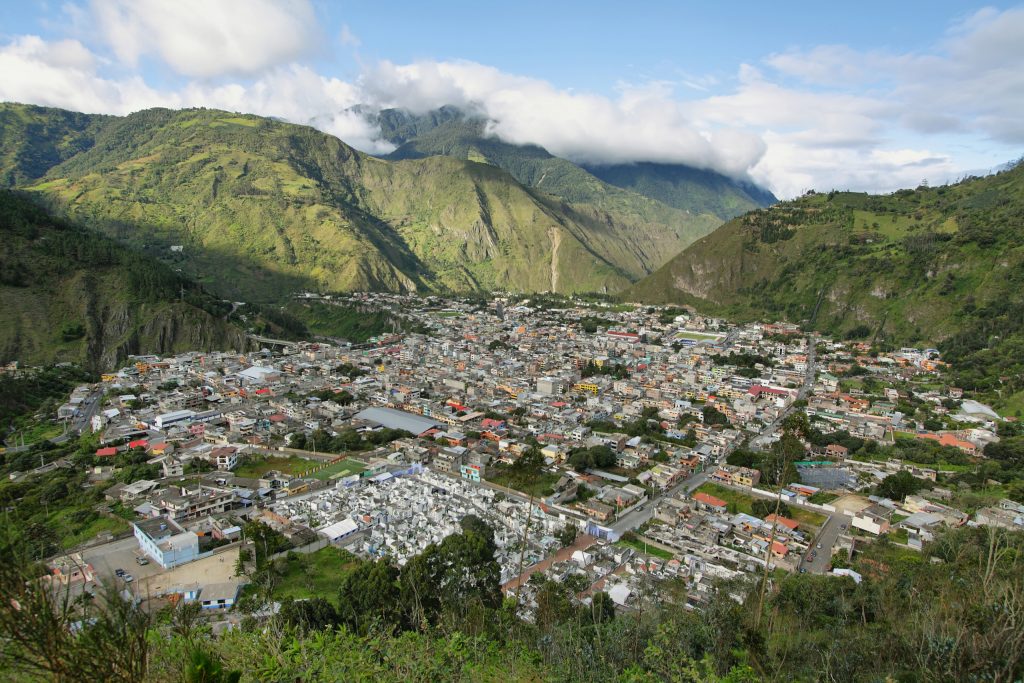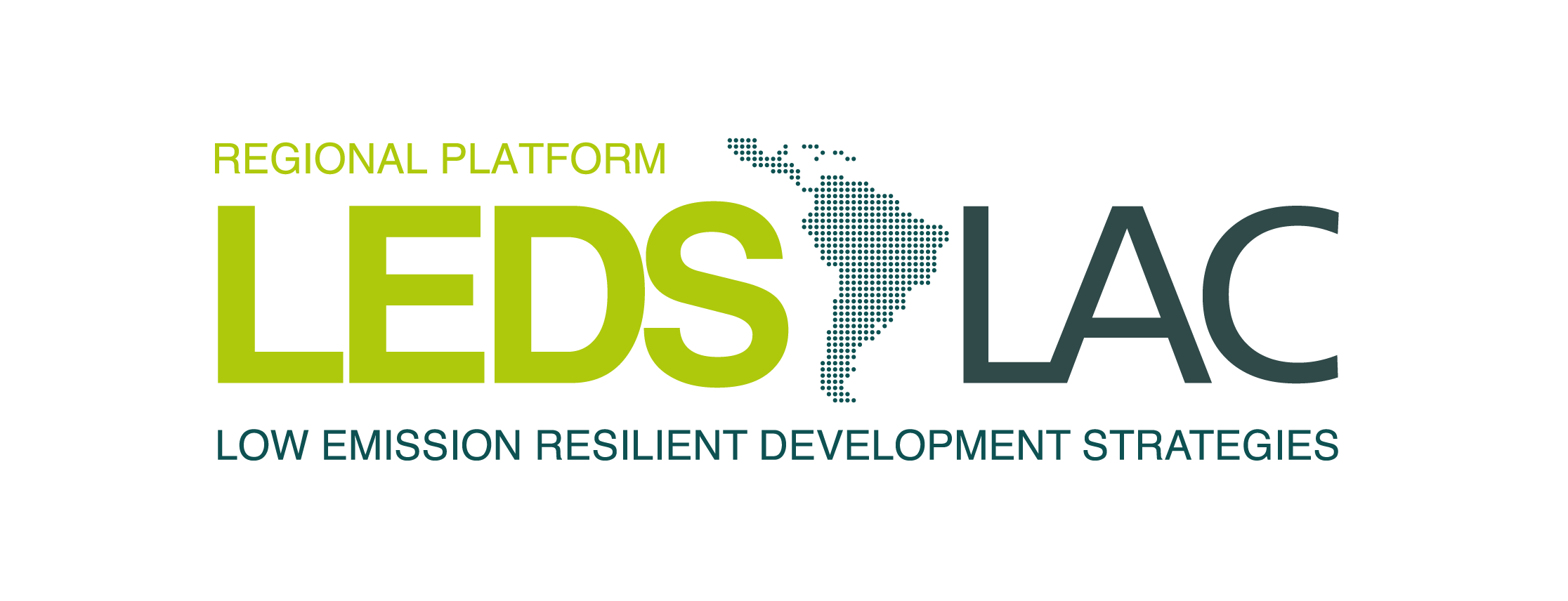- Prepared by: Wilson Lechón Consortium of Decentralized Autonomous Provincial Governments of Ecuador, CONGOPE

In 2015, the Conference of the Parties 21 (COP 21) took place in Paris, which ended with the adoption of the Paris Agreement (PA), a legally binding international instrument. The PA aims to maintain global warming in this century "well below" 2°C above pre-industrial levels, with the additional commitment to make every effort to limit this increase to 1.5°C. Article 4 of the PA states that "countries that ratified this agreement have the obligation to prepare, communicate and maintain mitigation actions through nationally determined contributions (NDCs)".
Ecuador subscribed to the United Nations Framework Convention on Climate Change (UNFCCC) in 1994 and signed the Paris Agreement in July 2016. Its ratification was established by Executive Decree No. 98 of July 27, 2017. In March 2019, Ecuador submitted its first NDC to the Convention, which included adaptation and mitigation plans and actions, focused on the sectors determined in the National Climate Change Strategy 2012-2025 (ENCC).
Projections of Ecuador's future climate show that, if the current temperature trend continues, the change that could be expected in the country would be an increase of approximately 2°C by the end of the century.(1). Climate change causes considerable impacts on natural and human systems, particularly at the local level, where there is a greater degree of vulnerability and where it manifests itself in different ways. For example, in Ecuador, there are differences in terms of the impact on the Coastal, Andean and Amazon regions. Likewise, perceptions and work projections to respond to this phenomenon may vary from one territory to another.
Since climate change is a complex problem and requires the contribution of various stakeholders, the participation of local stakeholders is essential in this process because they have the capacity to help better understand territorial realities.
This issue requires a long-term vision with immediate actions. Subnational or provincial governments, local governments and civil society play crucial roles in developing and implementing, in a participatory and bottom-up manner, climate goals, policies and initiatives. They also have the potential to contribute to the long-term sustainability of the NDC. Therefore, the articulation of the NDC in management, planning and local development instruments is essential for the actions and efforts of the Decentralized Autonomous Governments (GAD) to contribute to achieving these goals.
Provincial governments in Ecuador are actors that play a leading role in the generation and implementation of the NDC. Through their actions within the framework of their decentralized competencies, they create opportunities to contribute to climate change management, since as intermediate governments they are able to articulate the local level with the national level to generate better synergies between the different levels of government.
The Consortium of Autonomous Provincial Governments of Ecuador (CONGOPE) with financing from the European Union implemented the project Provincial Action on Climate Change which supported the Provincial GADs in the construction or updating of the Provincial Climate Change Strategies under a territorial approach. This instrument generates local climate information to support territorial planning and management in the context of climate change. The Provincial GADs are now facing a great challenge, which is the management of climate change as a key point to promote an integral territorial development. In their role as intermediate governments, it is necessary to generate and implement local public policy for climate change adaptation and mitigation from the territory, which allows for a robust and articulated way to face this global problem.(2).
In order to address the challenges currently faced by the GADs, the "Guide for the inclusion of the NDC Ecuador at the subnational level in territorial planning."This guide is intended as a methodological tool for provincial government programs, projects and activities to be linked to NDC initiatives and, subsequently, to evaluate their compliance through the indicators established in the NDC National Implementation Plan. Thus, the objectives of this guide are to contribute to the capacity building process of provincial governments to internalize the guidelines set forth by the NDC in local planning, and to provide guidance on how to identify and propose local climate change initiatives or projects with the potential to reduce greenhouse gas emissions and be resilient to climate change. (3).
The guide was developed by Grupo FARO, at the request and under the supervision of CONGOPE and with the support of the LEDS Global Partnership's Climate Helpdesk and the LEDS LAC platform.
(1) Ministry of Environment of Ecuador (MAE) (2017). Third National Communication of Ecuador on Climate Change. Quito, Ecuador.
(2) CONGOPE, 2018. Climate change under the lens of the territory. Proyecto de Acción Provincial frente al Cambio Climático. Quito, Ecuador.
(3) CONGOPE, 2021. Guide for the inclusion of Ecuador's NDCs at the subnational level in territorial planning.
